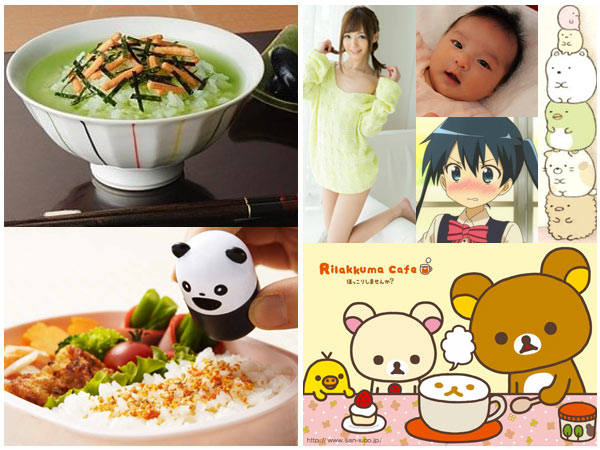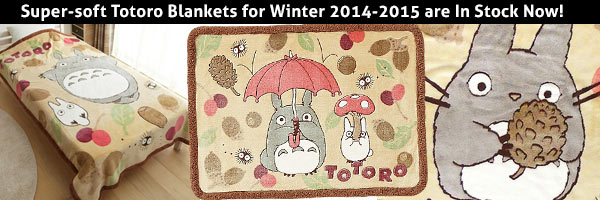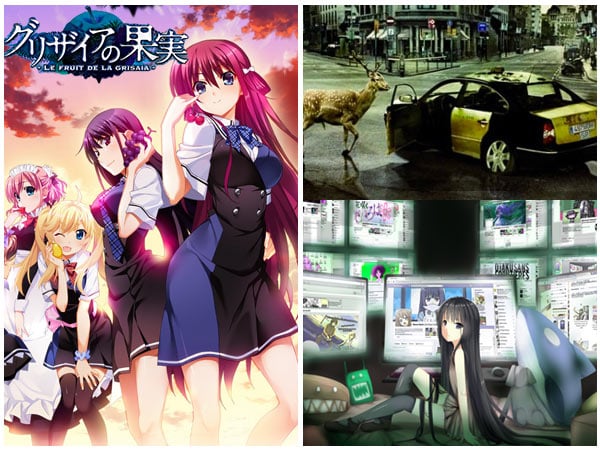
One of my favorite aspects of living in Japan is definitely the food. There’s lots to find here, from amazing seasonal favorites (tempura’ed matsukate mushrooms in the fall, yum) to Japanese adaptions of Western foods (katsu, e.g. fried pork cutlet, and curry rice come to mind) to a level of seafood appreciation I could never have achieved while in the U.S. While many Japanese foods are famous all around the world, there are naturally some you may not have heard of. One is お茶漬け ochazuke, essentially a pleasant “green tea soup” containing green tea, nori seaweed, rice crackers and extra flavorings such as wasabi, salmon and shrimp. Just put steamed rice in a bowl, add a packet of ochazuke mix, and pour boiling water over it and eat – it’s especially great in the winter. Another food I like a lot is 振り掛け furikake, a word that means “to sprinkle over.” It’s a term for any dried, powdered food you sprinkle over white rice and eat, and since it usually contains things like dried scrambled egg, salmon and nori seaweed, it’s quite approachable to nervous foreigners. If you want to try some great random Japanese foods, may we recommend our popular Japanese Snack Subscription service?
One concept that has come to define Japan is its love of all things kawaii, a term the Japanese will use to describe everything from a baby or a puppy to a red-in-the-face tsundere girl with twintails or the latest character creations from San-X. While the modern rise of kawaii consumer culture started in the 1970s, as Japanese households suddenly found themselves with enough disposable income to spend on characters like Hello Kitty, the word itself if quite old, appearing in the Tale of Genji from the 12th century. But why do the Japanese like kawaii so much? There are several theories, including that looking at cute things releases endorphins and lowers stress levels, or that the existence of cute characters encourages fans to organize themselves in various “camps” depending on what character they love. (I’m quite partial to Sumikko Gurashi, myself.) I asked Mai, J-List’s buyer of bento boxes and character goods, and she told me, “We don’t really think about it too often, but when we go shopping for something, we usually think, I might as well choose the cutest item I can find.” This is probably why Japanese consumer goods companies started putting cute faces on their products.
One of the J-List products I’m extremely happy to stock are the super soft Totoro and Ghibli blankets we sell every year. They’re not just soft, they’re the software and warmest blankets I’ve ever found, and my family treasures the Totoro blankets we’ve accumulated over the years. Happily the yen is much weaker than in past years, making the Totoro blankets more affordable than ever. The only downside to these blankets is that your family may fight over who gets the Totoro blanket tonight, as my family often does.
















